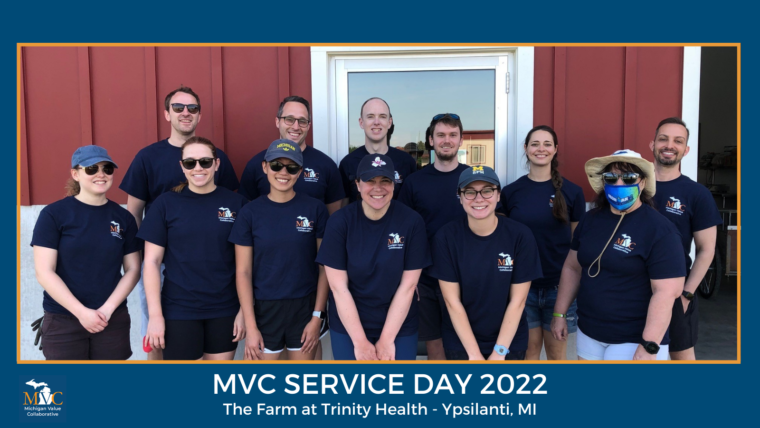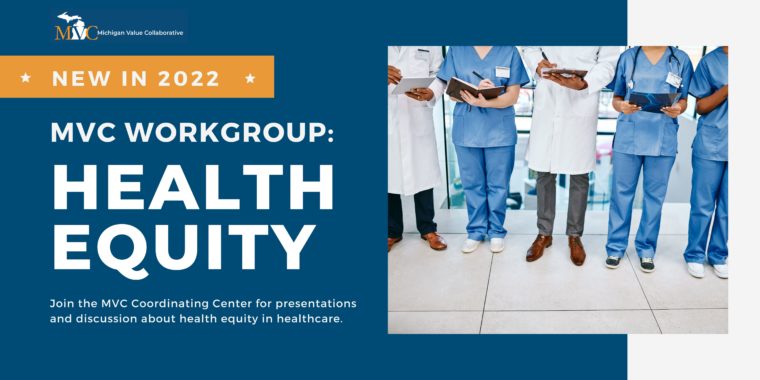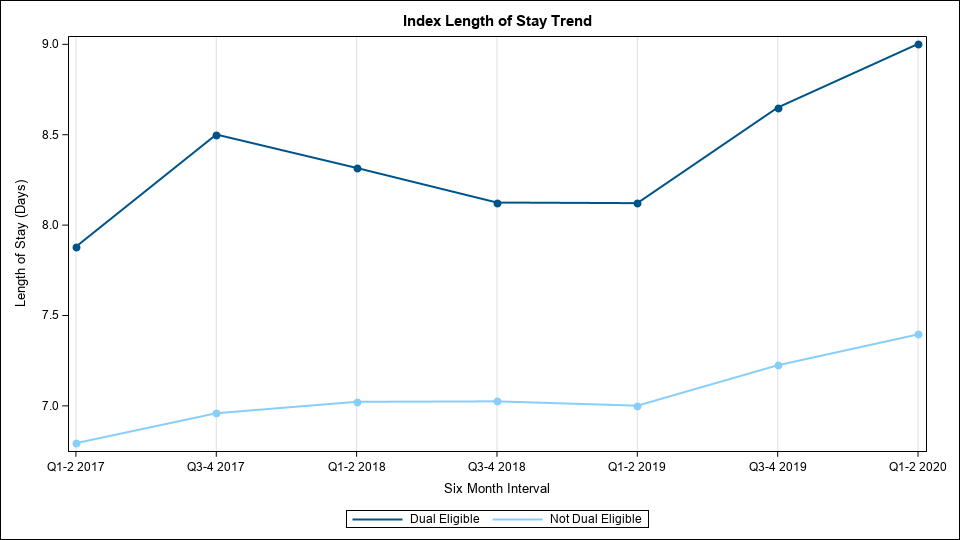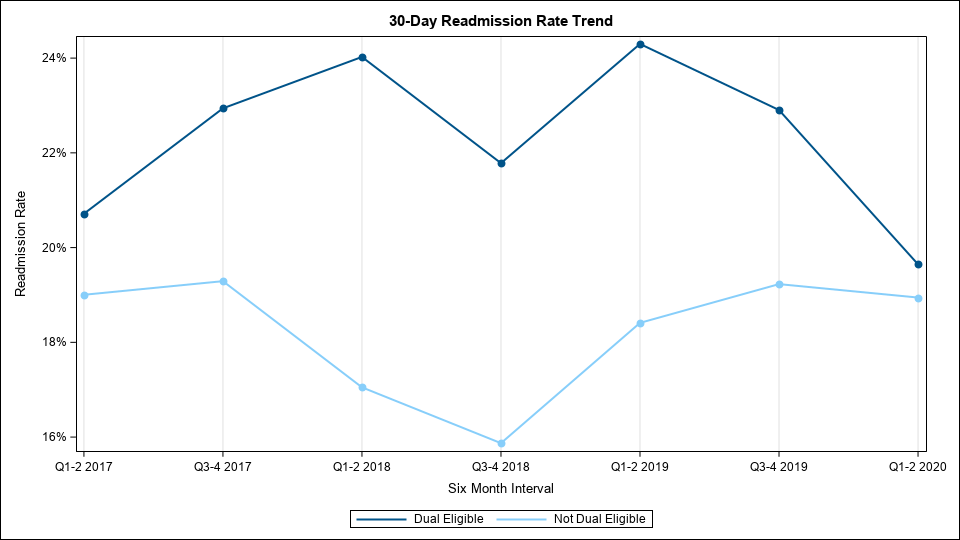As employers and managers endeavor to invest in their company’s culture, there is one often overlooked activity that can positively impact job satisfaction: volunteering. According to a study from Deloitte, cultivating a culture that encourages volunteerism can boost employee morale, workplace atmosphere, and brand perception. It found that 89% of employees believe companies with sponsored volunteer activities offer a better overall work environment and that 70% felt volunteering was a stronger boost to morale than company-sponsored happy hours. Since team culture and the retention of skilled employees have become increasingly important in the current job market, there has never been a better time to help staff feel connected to their community and teammates.
The Michigan Value Collaborative (MVC) experienced some of these benefits recently when the Coordinating Center team spent several hours volunteering together at a local MVC member hospital. This was the first time MVC had organized an official service day for its team. It took place at the Farm at Trinity Health, located at the Trinity Health St. Joseph Mercy Ann Arbor Hospital in Ypsilanti, MI. The MVC team spent several hours weeding, planting, and harvesting vegetables. After harvesting, the MVC team helped wash and pack fresh greens, salad mix, kale, and radishes for the Farm’s community-supported agriculture (CSA) program and patient produce boxes.
Selecting the Farm at Trinity Health as MVC’s service day location was an exciting opportunity due to its many connections to MVC’s priorities. The produce boxes distributed by the Farm help feed members of the community who experience food insecurity or hunger, as well as hospital patients who participate in programs like cardiac rehabilitation (CR). MVC has identified health equity as a strategic priority for 2022 and beyond, and also currently has a Value Coalition Campaign that encourages members to increase patient utilization of CR programs. The MVC team was excited to learn about this direct connection to CR patients and the program’s overall impact on community health. In addition, the Farm at Trinity Health is a participating site in the Washtenaw County Health Department’s Prescription for Health Program, which was a featured topic at MVC’s health equity workgroup earlier this year.
This service day also coincided with an overall shift in how MVC staff members interact. As MVC grew over the past two years, multiple new employees had only ever interacted with coworkers virtually because of the pandemic’s impact on in-person activities. That changed this past spring with MVC’s part-time return to in-person work and some in-person team-building events. The service day was intended to bring teammates together after many months apart to get to know one another, connect, and give back to the wider community.
If you have a story about an impactful program that could be shared with the Collaborative or wish to connect your team with local community volunteering, contact the MVC Coordinating Center for assistance at michiganvaluecollaborative@gmail.com. Learn more about the Farm at Trinity Health (formerly the Farm at St. Joe’s) here.















